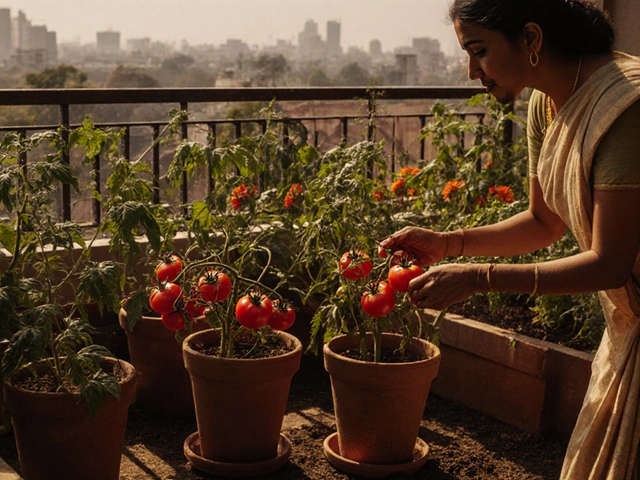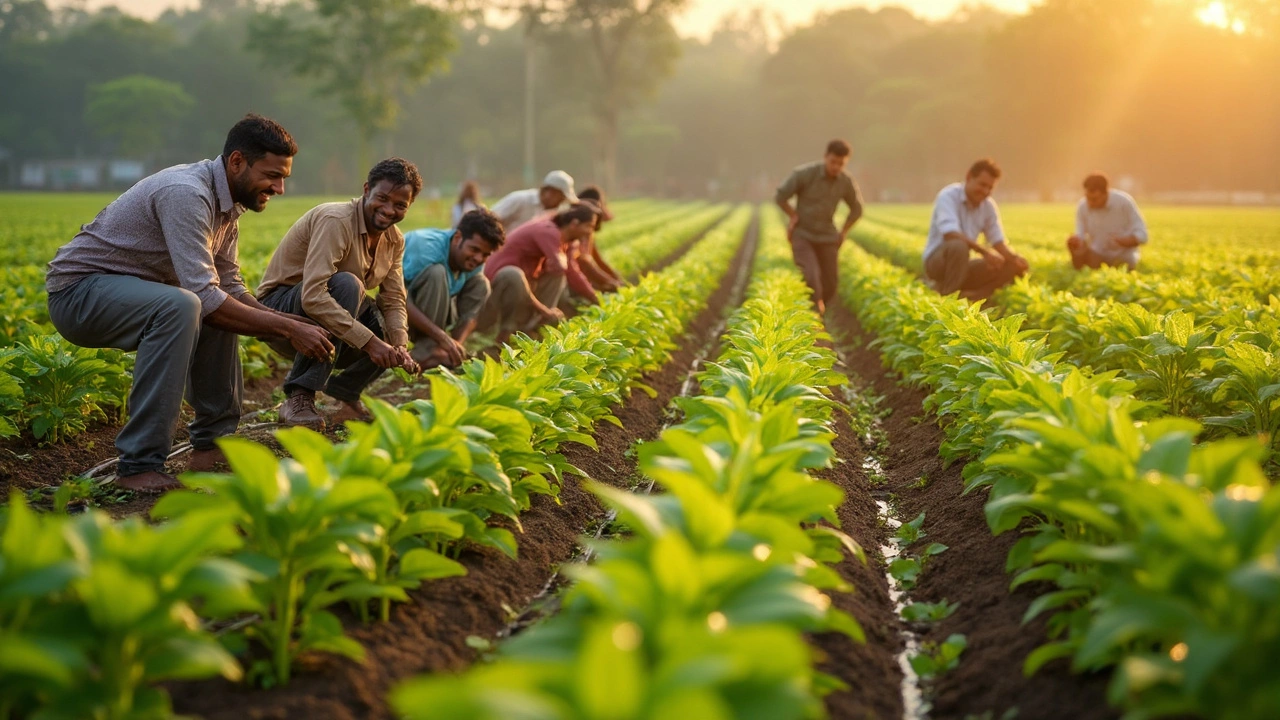Agriculture Tips for Indian Gardens and Farms
Whether you have a backyard plot or a few acres, the right tips can make a huge difference. In India’s diverse climate, small changes – like timing irrigation or adding compost – often pay off big time. Let’s walk through the most useful tricks you can start using today.
Water‑Saving Practices
Drip irrigation is a game‑changer. Bury the line about 2‑3 inches deep to protect it from sun and animals, and you’ll cut water use by up to 50 %. Choose the right drip tape or line for your crop: tape works well for rows of vegetables, while a line suits trees and larger plants. If cost worries you, start with a short section on your most water‑thirsty plants and expand as you see results.
Letting tap water sit for 30 minutes before watering helps chlorine evaporate, which is gentler on roots. This simple step is especially useful when you use municipal water on seedlings or indoor plants.
Soil & Crop Health
Heavy, compacted soil kills roots. Throw in a handful of coarse sand or fine compost to loosen it. A mix of 1 part compost, 1 part sand, and 2 parts garden soil works well for most Indian soils. Adding organic matter not only lightens the texture but also improves water retention and nutrient supply.
Companion planting – or “sister plants” – boosts yields and reduces pests. Pair beans with corn, or marigold with tomato, to naturally repel insects and improve soil nitrogen. It’s a cheap, chemical‑free way to keep your garden healthy.
When you grow rice, pick a soil that holds water but drains a bit at the edges. Clay‑rich paddies are ideal, but if you’re on a lighter soil, add a thin layer of clay or mud to create a seal. This reduces water loss and keeps seedlings strong.
If you’re into vegetable farming, broccoli is a profitable choice in many Indian states. Plant it in well‑drained loam, space rows 60 cm apart, and mulch with straw to keep soil cool. The right timing – sow in October for a winter harvest – can boost profits dramatically.
Natural pest control saves money and the environment. Sprinkle neem oil or a slurry of garlic and chili on leaves to keep aphids and caterpillars at bay. For larger infestations, introduce beneficial insects like ladybugs; they love to feast on soft‑bodied pests.
Zero‑waste fruits are another smart tip. Use peels and seeds to make homemade compost or pickles. Not only does this reduce kitchen waste, it adds valuable nutrients back to your garden.
Finally, keep track of what works. A simple notebook or phone note about planting dates, water usage, and yields helps you refine practices year after year. Small records turn into big improvements over time.
Exploring the Alternative Name for Drip Irrigation
Drip irrigation, commonly referred to as micro-irrigation, is a highly efficient watering system used in agriculture. This method delivers water directly to the plant roots, minimizing evaporation and maximizing resource efficiency. The article discusses the benefits of using this system, interesting facts about its development, and tips for implementing it effectively in various settings. Discover the science behind drip irrigation and why it's a game-changer for sustainable farming.
About
Drip Irrigation
Latest Posts


Bonsai Care for Beginners: Simple Steps to a Healthy Tree
By Alden Thorne Apr 29, 2025

How to Fix Hard Soil in Your Garden for Healthier Plants
By Alden Thorne Jun 29, 2025

What Flower Takes 30 Years to Bloom? The Slow Life of the Talipot Palm
By Alden Thorne May 25, 2025

